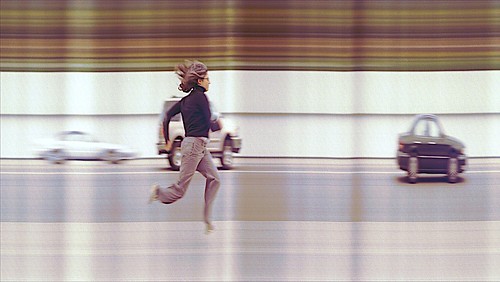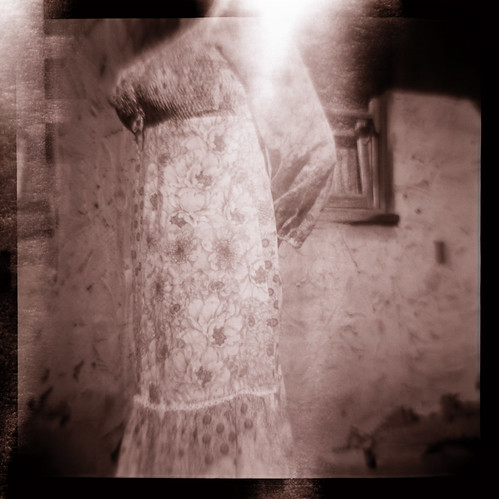Fucking hell, Polaroid are killing yet another range of films! This time it’s the 80 series (84, 87, 88, and 89) 3.25 x 3.38-inch peel-apart pack film—the stuff you shoot in Holgaroids, supershooters, and squareshooters. Each product page bears the following message:
Please be advised that Polaroid will be discontinuing 8[x] film within the last 3 months of 2006 due to the phasing out of components used in the production of this film.
I guess it’s time to figure out how to hack a full-frame back as a Holgaroid replacement… hopefully the 3.25 x 4.25-inch 600 series pack film isn’t going anywhere for a while. Although, with Time-Zero and type 85 pos/neg discontinued, who the hell knows?

